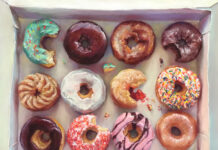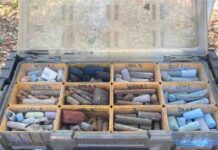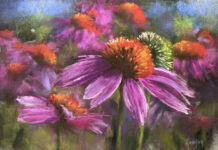Painting trees can be a real…frustration to put it mildly! If you’re a landscape painter (and a nature lover), you will end up painting these magnificent beings. But painting trees often doesn’t come easily.
Advisory Board member, Richard Suckling has a cool creative prompt he uses in his workshops to help with painting trees. He calls it “The Photo Spin.”
Here’s Richard to tell you all about it!
“So Gail asked me for a creative prompt that I’ve successfully used at my workshops and one has come to mind.
Generally in a workshop situation, students will either paint from their own or provided photographic reference material. Photography is a fantastic tool for capturing the moment instantly when time or weather conditions won’t allow for painting from life. The problem is how we use our photographic material as artists and how to use it in a creative way without being a slave to that image.
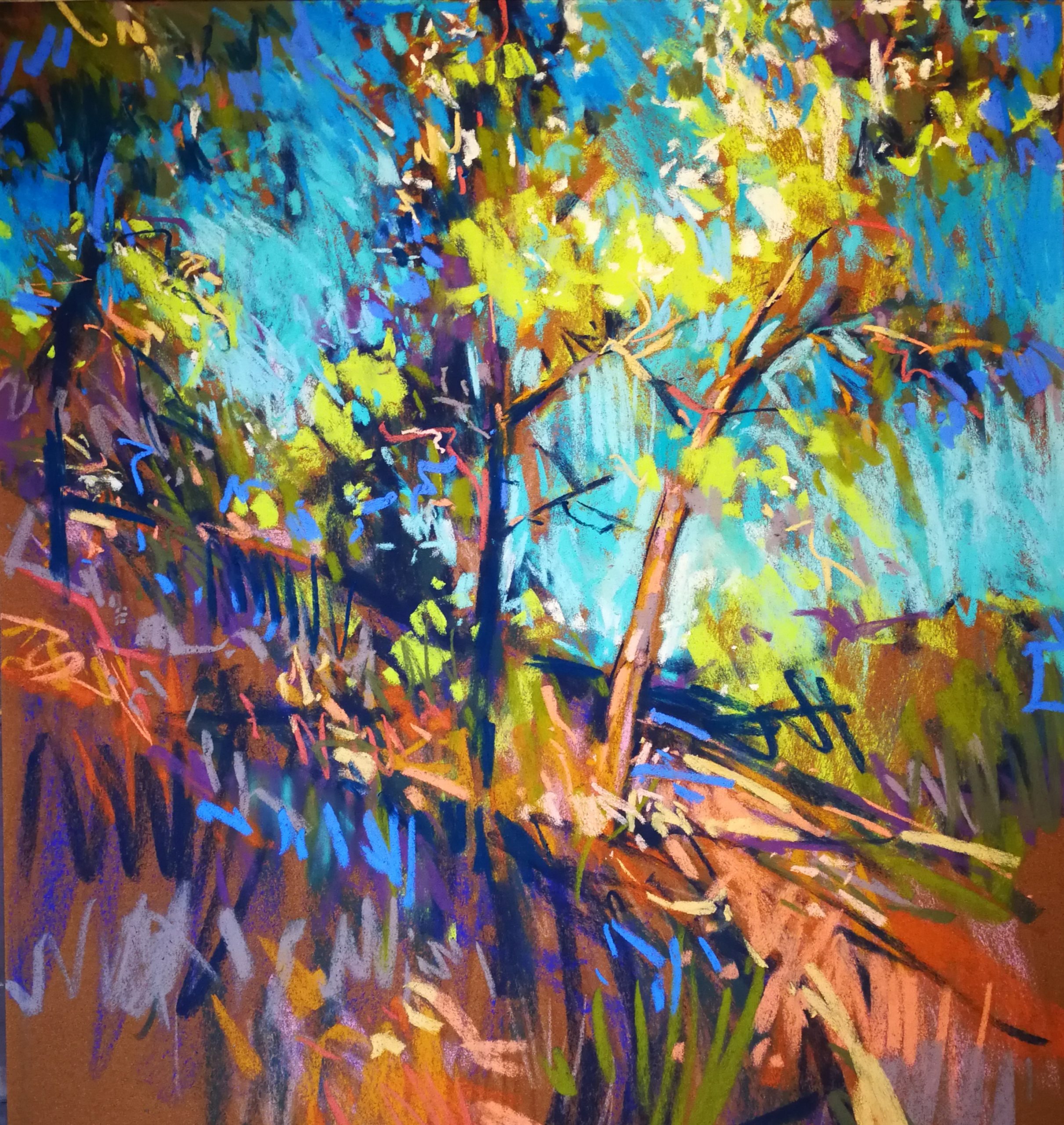
Combine the usual problems posed in interpreting a photo with what our subconscious mind thinks it knows best and we can quickly get into difficulties. If, for example, we’re painting trees from a photo, our brain will say, “I know what a tree looks like, I see them all the time. My whole life I’ve looked at them so let’s paint.”
In reality, yes you’ve looked at them, but have you always done so as a painter? Whenever a tree appears in your life, do you instantly assess it for mass, tone, colour, and all the other aspects an artist takes into consideration when looking at a subject for the first time? Probably not.
So a helpful exercise in my experience, and one that admittedly can freak students out a little, is to spin the photo upside down and ask them to paint this. Now the brain doesn’t see it as a tree; it’s somehow “wrong” and immediately demands closer inspection. An upside-down photo becomes an abstract arrangement which we must look at properly as an artist and break down into its component parts to create a picture. The subconscious mind gives up – “nope never seen a tree like that before so you’re on your own with this one.” Now the artist’s brain is free to get down to business and to interpret the information before them without unwanted preconceptions.
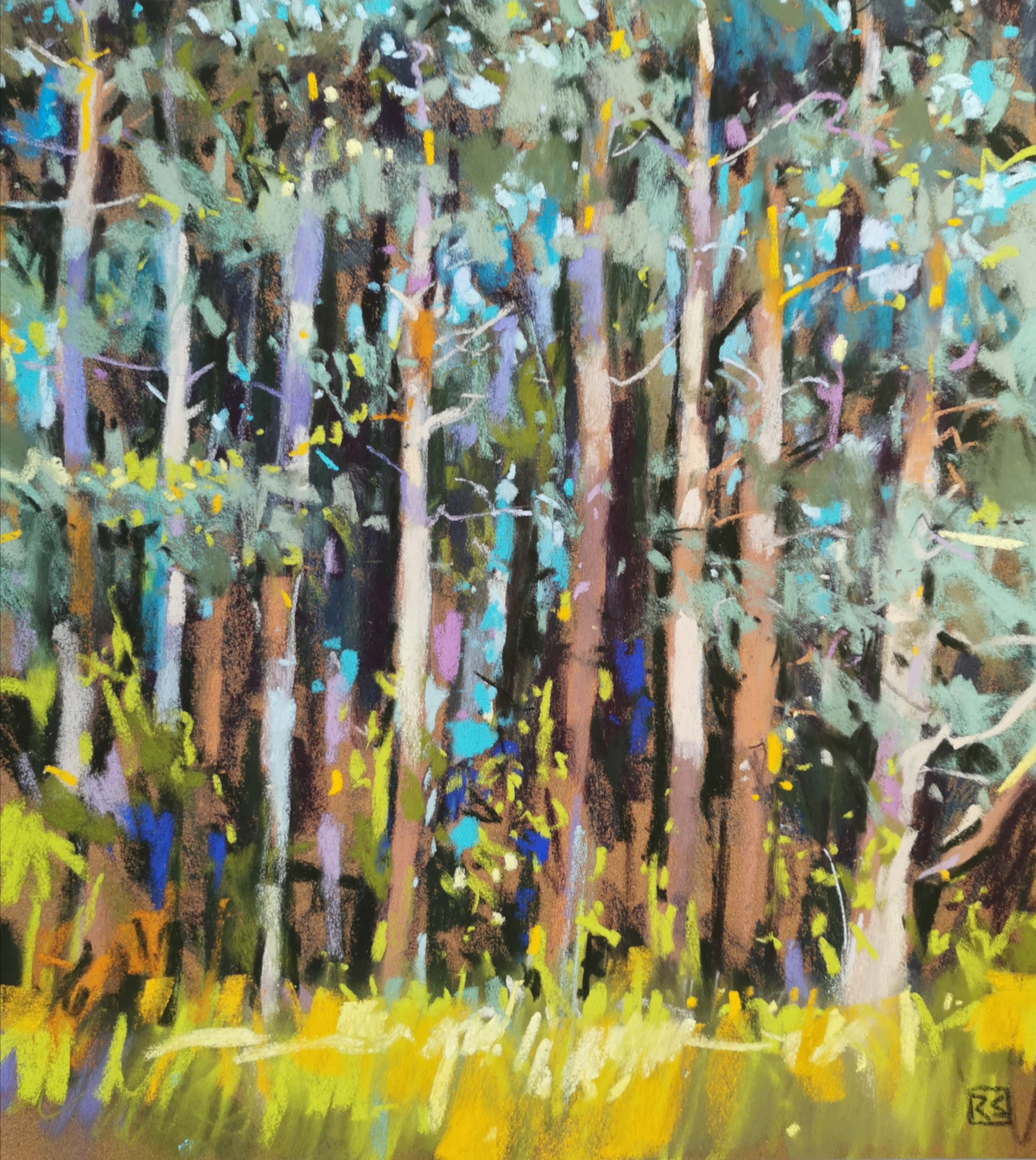
Do not get me wrong. This technique is a tough exercise and not about producing a masterpiece. When you finish and spin the photo and painting around, there will likely still be little issues that need addressing. The whole things is all about learning to look deeply, in an open and uninhibited way, in the same way that we approach a subject when working from life.’
Whoa – let’s do the photo spin when painting trees and see what happens!!
Thanks so much, Richard, for this cool and useful exercise.
_______________________________________________________________________
Speaking of Painting Trees…
One of the most revered 20th century landscape artist and teacher is John F. Carlson. If you’re a landscape painter, you should have his book, Carlson’s Guide to Landscape Painting, on your art bookshelf! His book has an entire chapter on painting trees.
Carlson writes this about trees: “It is curious how one’s feelings about trees change in proportion to one’s appreciation of their importance and dignity as live beings. Trees are individual beings: they can be comic, heroic, tragic to the sensitive, practiced eye of the landscape artist.
Know your trees, their nature, their growth, their movement; understand that they are conscious, living things, with tribulations and desires not wholly disassociated from your own.”
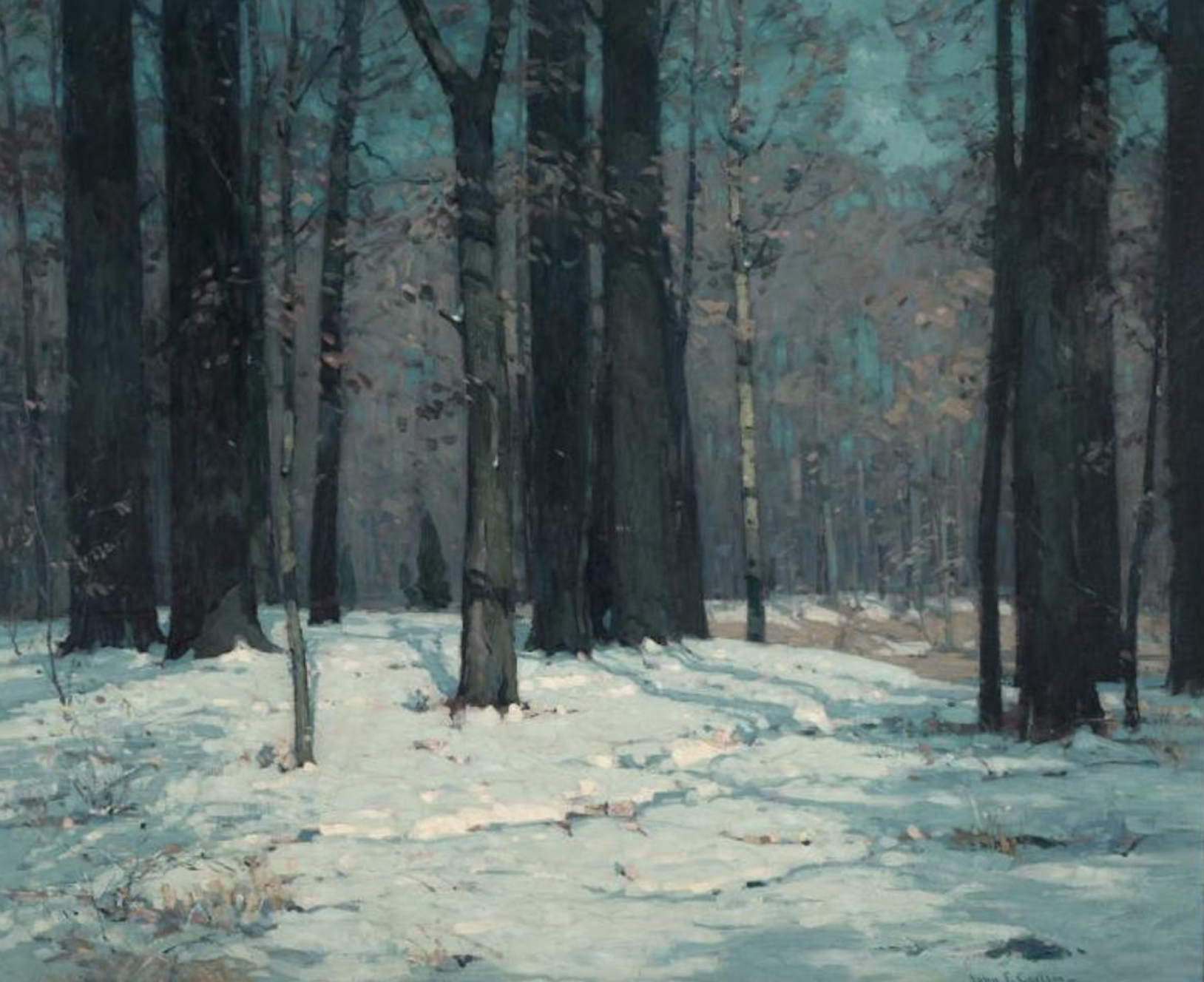
To learn more about Carlson and his ideas about painting trees, have a read of Christopher Volpe’s article over on InsideArt.
And, although the medium isn’t pastel, you’ll find lots of helpful hints on painting trees in this video by Paul Kratter. Make sure to check out the sample video on using construction paper to design your trees!
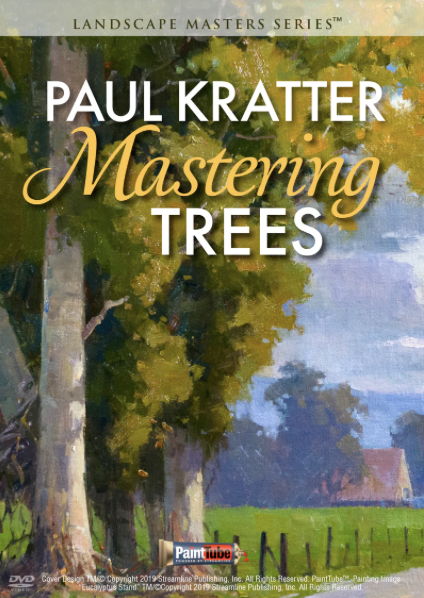
And that’s it for this time!
Gail
PS. If you love trees as I do, then you’ll enjoy this book: The Hidden Life of Trees by Peter Wohlleben.

